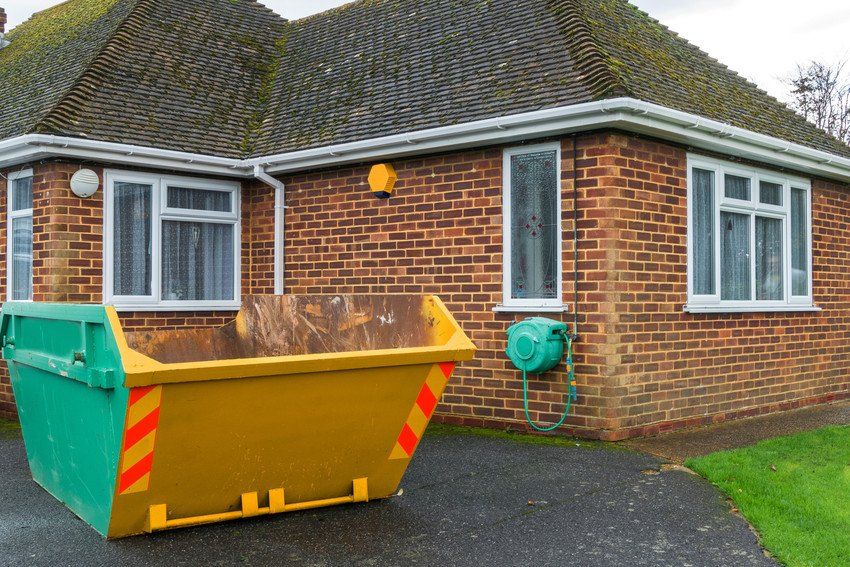Maintaining road infrastructure is a crucial aspect of ensuring safe and efficient transportation for both pedestrians and vehicles. Over time, road surfaces undergo wear and tear due to heavy traffic, changing weather conditions, and general ageing. Recognising the signs that a road surface needs to be replaced is essential for preventing accidents, reducing maintenance costs, and preserving the overall quality of road networks. In this blog, we will delve into the key indicators that suggest it’s time to replace a road surface.
One of the most obvious indicators that a road surface is in dire need of replacement is the presence of potholes and cracks. Potholes appear for a number of reasons and are not only unsightly but also pose a significant hazard to vehicles and pedestrians alike and with an estimated 1 million in the UK, chances are you’ve seen a few. These depressions in the road surface can lead to damage to vehicles, cause accidents, and result in costly repairs. Cracks in the road surface are also problematic as they allow water to seep through, leading to further deterioration during freeze-thaw cycles. If you notice a proliferation of potholes and cracks, it’s a clear sign that the road surface is no longer providing adequate protection.
An even road surface is vital for smooth and safe transportation. If you observe noticeable unevenness or dips in the road, it’s a strong indication that the underlying structure may be compromised. Uneven surfaces can cause discomfort to drivers and may even result in loss of control, particularly at high speeds. Such surfaces can also contribute to water pooling during rainfall, increasing the risk of accidents. If you encounter roadways with these issues, it’s time to consider replacement to ensure the safety and comfort of road users.
Road markings and signs play a critical role in guiding drivers and ensuring traffic flows smoothly. However, over time, the road surface can become faded, making it difficult for drivers to interpret lane divisions, pedestrian crossings, and other important information. Faded road markings can lead to confusion and potential accidents. When you notice that road markings and signs have lost their visibility, it’s an indication that the road surface itself might need attention. A fresh road surface will not only improve aesthetics but also enhance road safety.
Rutting refers to the formation of grooves or depressions in the road surface, primarily caused by the repetitive movement of vehicles over time. This is a common problem on heavily trafficked roads, especially those with heavy trucks. Excessive rutting can create an uncomfortable driving experience and reduce vehicle stability. If you notice significant rutting, it might be a sign that the road surface has deteriorated beyond repair. Replacing the surface will help restore a smoother and safer driving environment.
Adequate drainage is crucial for preventing water accumulation on road surfaces. Puddles that persist long after rain showers can indicate poor drainage systems or a degraded road surface that is no longer effectively channelling water away. Prolonged exposure to standing water can weaken the road structure, accelerate deterioration, and create hazardous conditions for drivers. If you see consistent drainage issues on a road, it’s worth investigating the possibility of replacing the surface to rectify the problem.
Sometimes, it’s as simple as looking at the road surface to gauge its condition. Visible wear and tear, such as chunks of asphalt missing or a rough, deteriorated texture, can be strong indicators that the road is due for replacement. These signs of wear and ageing are often the result of continuous exposure to various environmental factors and traffic loads. Addressing visible wear and tear promptly can prevent further damage and extend the lifespan of the road.
Skid resistance is essential for preventing accidents, especially in wet or icy conditions. A road surface that has lost its skid resistance can be incredibly dangerous, as vehicles might have difficulty maintaining traction during sudden stops or turns. Measuring skid resistance through specialised tests can help determine if the road surface is still safe for use. If skid resistance levels are below the acceptable threshold, it’s a clear indication that replacement is necessary to ensure road safety.
In conclusion, recognising the signs that a road surface needs replacement is crucial for maintaining safe and efficient road networks. Hazell & Jefferies, with their expertise in road construction and maintenance, understand the importance of identifying these indicators early on. From potholes and cracks to drainage issues and fading road markings, these signs provide valuable insights into the overall health of road surfaces. By addressing these signs promptly, we can enhance road safety, reduce maintenance costs, and contribute to the overall well-being of our communities. If you encounter any of these signs, get in touch with our team to ensure that the road surface is promptly evaluated and replaced, if necessary, to ensure the roads your managing remain safe.

